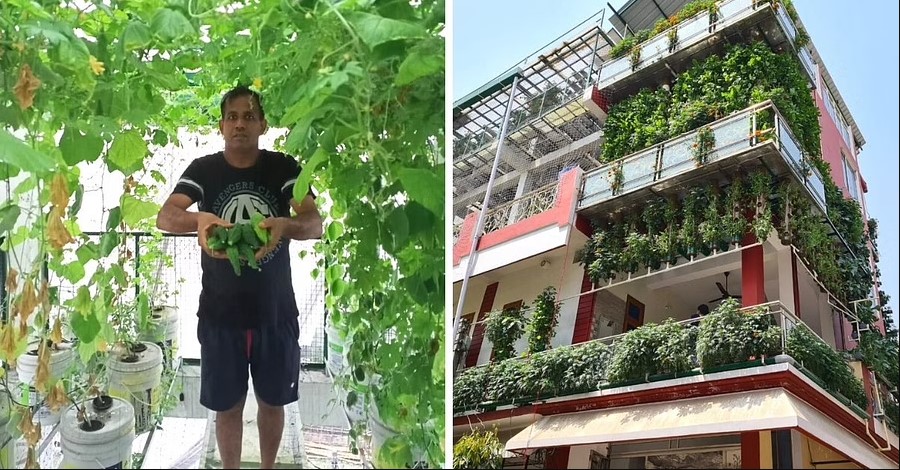It’s pleasant when we do a tiny good deed & few days or months after, the deed starts pouring showers on us, so called domino’s effect – ‘A small change could lead to a big effect’. Such a case happened with this man, an ex-journalist who monetized his 3-storey home earning Rs.70Lakh / Year, converting the entire home to hydroponic farm.
Hydroponics is a method of growing plants without soil. It uses less water than traditional soil-based systems and it allows for faster growth and higher yields than the nominal soil-based systems.
Ramveer Singh from Bareilly, Uttar Pradesh, India is the man behind this topic, who converted his house into an indoor farm (with no soil) for 10,000 plants including strawberries, cauliflower, okra, bottle gourd and more.
Idea for Hydroponic Farm
Ramveer back in 2009, when he came to know that his friend’s uncle was diagnosed with cancer, he held research onto the matter and it was shocking that chemical-laced on the vegetables happens to be the origin for the deadly disease.
Ramveer affirmed to keep his family away from such risks, he tells.
He then decided to cultivate organic vegetables in his ancestral land, 40km from Bareilly, where he used to travel there often to increase the production on the land. Ramveer resigned his full-time journalist job for this cultivation as it demanded the time. Meanwhile he was freelancing his journalist knowledge and selling the organic farm produce commercially on a side.
In 2017-2018, when he flew to Dubai for an agriculture-related event, he came to know about hydroponic farming, and he told The Better India that he was stunned to know how effective and beneficial it is and all allied stuffs.
Read this: Wind Turbine that generates both Electricity & Water – An Indian-Engineer’s Innovation
“I was enthralled about hydroponic farming method. It did not require soil and could be grown with less pest infestation. Moreover, it saved almost 80 per cent of water required for growing plants,” he says.
Deciding to educate himself a-z about the hydroponic techniques, he extended his stay on Dubai and learned what he needs to know from the farmers for the next couple of weeks. On return, Ramveer gave a shot on converting his home to a farm land, and that’s how the story begun.
House with 10,000 Plants
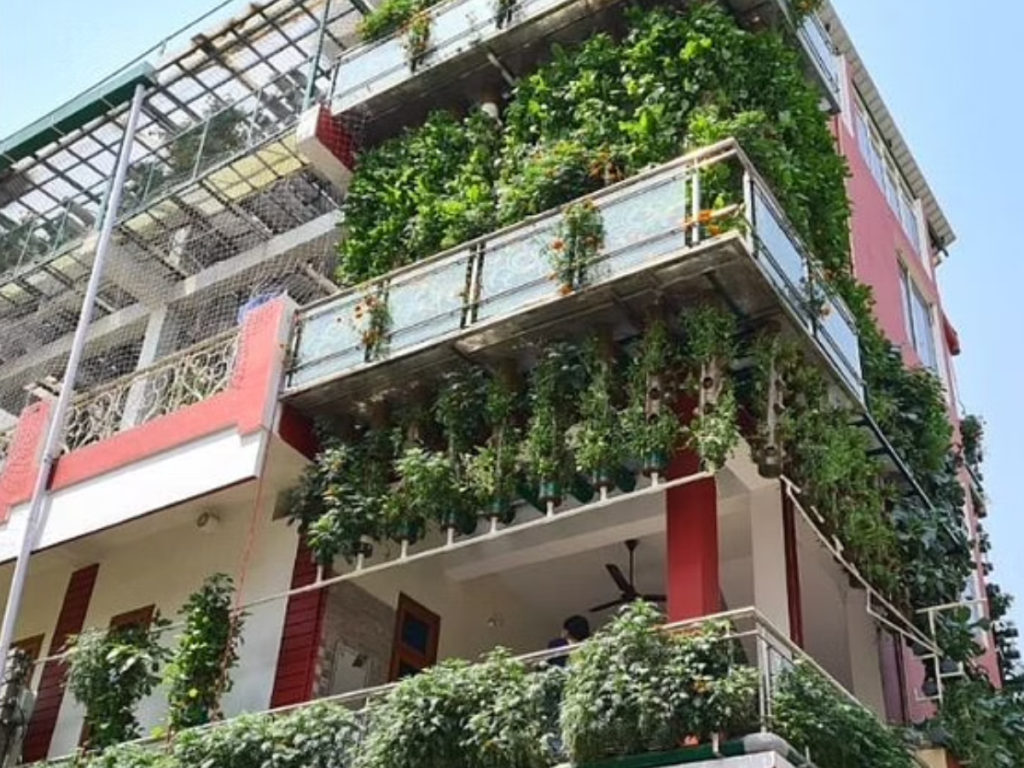
It’s not just the idea that strike, but the execution and organization of that execution is what defines the path to success. Likely, Ramveer organized the spaces in his house, using pipes and other infrastructure to set up the hydroponic systems in the spaces and his balcony. The system is designed using PVC pipes that circulates water with help of gravity and the arrangement is in such a way that the required 16 nutrients – magnesium, copper, phosphorous, nitrogen, zinc and others reach all the plants along the flowing water.
Ramveer, thus installed two methods for the farm using Nutrient Film Technique (NFT) and Deep Flow Technique.
Techniques for Hydroponic Farming
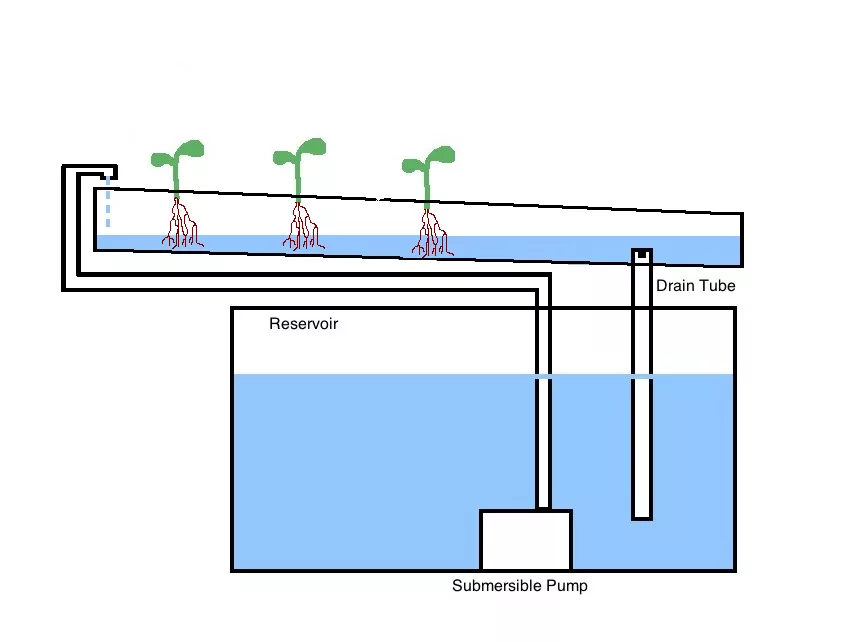
Nutrient Film Technique, or NFT, is a popular and versatile hydroponic system. It is similar to Ebb and Flow in that, the system uses a pump to deliver fertilized water to the grow tray and a drain pipe to recycle the unused nutrient solution. The difference is that, in NFT the nutrient solution is continuously flowing over the roots. This is accomplished using gravity.
The grow tray is placed at an angle to allow the water to flow down towards the drainpipe, and a new solution is constantly being pumped into the high end of the tube. NFT is an active system, meaning it relies on moving parts to work.
Deep flow technique is close to the previous one, which works by keeping the plant roots in a solution of nutrients in a container but differs from the former that it is not made with a slope instead an air pump is used. This technique relies on water to feed all the nutrients to plants.
What Ramveer Grows?
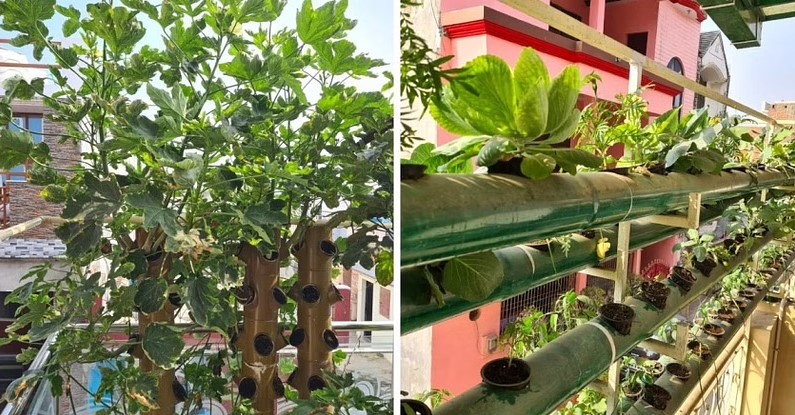
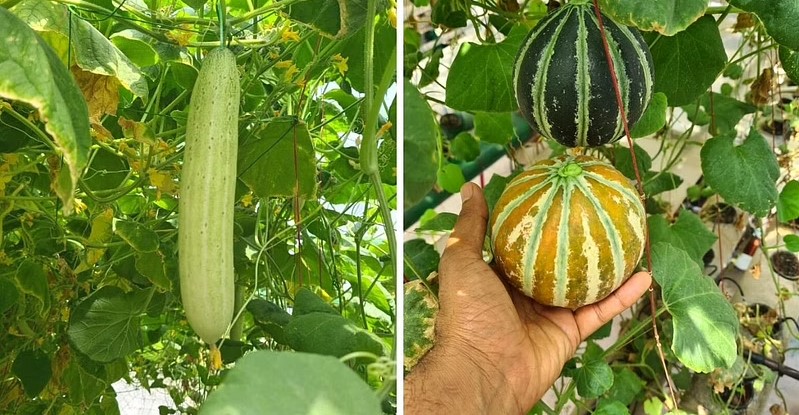
At present the farm is spread across 750sq.meter space, hosting 10,000+ plants. Ramveer grows okra, chillies, capsicum, bottle gourd, tomatoes, cauliflower, spinach, cabbage, strawberry, fenugreek, green peas and all seasonal vegetables.
Ramveer believes that the hydroponic farm is healthier and better than organic farming. “I feel that the vegetables grown in hydroponic farming have better absorption of nutrients. Moreover, the method has no risk of soil pollution as a neighbouring farmer practising chemical farming may expose soil or plants by spraying chemicals or pesticides in conventional farming. Hydroponic farming is independent of harmful chemicals,” he says.
Ramveer then established a Vimpa Organic and Hydroponics Company that earns him a revenue of ₹70 Lakhs annually.
Related Posts
Business out of Hydroponic Farm
“Many inquired and demanded to install the system in their homes. I have helped at least 10 persons by installing the hydroponic system for them,” he adds.
Ramveer’s hydroponics installation for a farmer in Bihar saved his produce from floods recently. “Most of the farmers lost their produce during the floods. But I used the hydroponic farm method to plant bitter gourd and was saved during the floods due to its installation safe above the ground,” says Sanjay.
“The average rates are between Rs 30-40 per kilo. But the shortage increased the cost up to Rs 80 per kilo, and I profited from it,” Sanjay adds.
“I feel proud that my efforts and unique farming method helped me and many others grow vegetables sans harmful chemicals,” Ramveer concludes.
It’s not just the idea of him that earned him Rs.70 Lakh / Year, but the Execution!
Would you install this type of farming in your home?
Hope you find the page useful.
(For more such interesting informational, technology and innovation stuffs, keep reading The Inner Detail).
References: The Better India, India Times
